- Call Us: +34 605 074 544
- Email us:

Extend the OpenKM features
Barcode
OpenKM incorporates a barcode reading and identification module. The barcode module supports the following formats and thanks to OpenKM's plug-in architecture, it is possible to make it easily extensible to other formats.
1D / Linear Barcodes
Codabar
It's a high density numerical barcode. In addition, it includes four special characters (A, B, C, D), which do not appear in the code interpretation. This barcode is of variable length and doesn't have checksum.
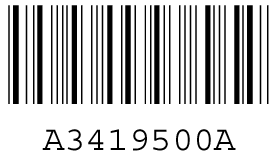
Code 128
The barcode Code 128 is an alphanumeric code that can codify 106 different characters, variable length and includes checksum. It has a great acceptance in logistics, parcel service, labelling of products, tickets and postal applications.
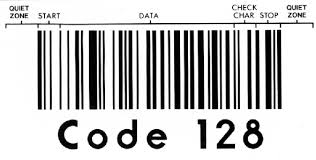
UPC-A y UPC-E
Virtually all the products sold in the U.S.A. use the UPC-A barcode . It contains 12 digits. The first six are assigned by the "Uniform Code Council". The five remaining are used to identify the product. The last digit is the checksum. The UPC-E barcode is trimmed version of the UPC-A, it's used when there isn't sufficient space for the standard UPC-A code.
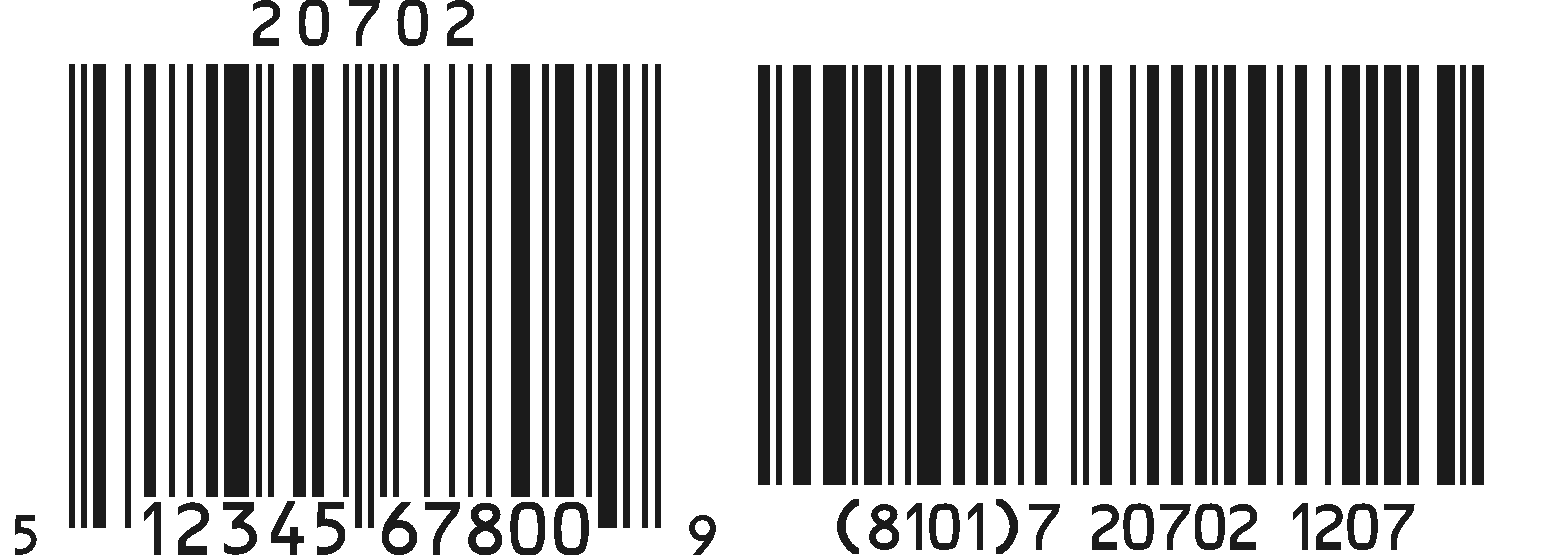
Code 39
The barcode Code39 was the first alphanumeric code to be released to market, it's characterized for being of average density, besides being the most used (not commercial use). This code is an error detector, which makes the use of checksum not obligatory. It must begin and finish with an asterisk (*). It is mainly used for military and governmental specifications.
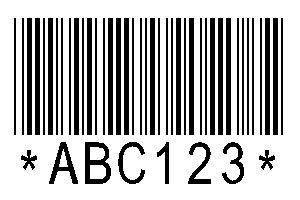
EAN-8 y EAN-13
There are two versions of EAN (European Article Numbering), EAN 8 and EAN 13, which allow to codify 8 and 13 digits respectively. It is a numerical code and includes checksum. The EAN 13 barcode is used in most European commercial products.
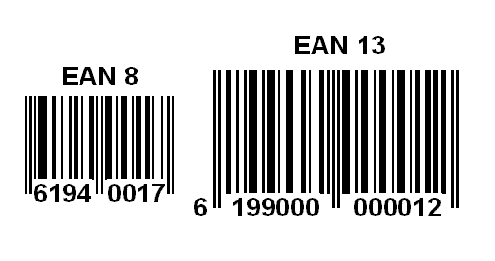
RSS-14
RSS 14 barcode (Reduce Space Symbology) encodes the full 14-digit EAN.UCC item identification in a symbol that can be omnidirectionally scanned by suitably configured point-of-sale laser scanners. It is the latest barcode type for space-constrained identification from "EAN International" and the "Uniform Code Council". RSS barcodes are usually used in the food industry and healthcare, where items are too small to allow the use of other barcode symbologies.

Code 93
Code 93 was developed with the purpose of complementing the Standard Code 39. It's a high density alphanumeric code that supports the complete ASCII character set without the ambiguity of its predecessor. The barcode can be of variable length and needs two checksum characters. It's used in logistics and parcel and postal services.

ITF-14
ITF-14 (Interleaved Two of Five) is the GS1 implementation to codify commercial articles. ITF-14 symbols are generally used in product packaging processes. The ITF-14 will always encode 14 digits.
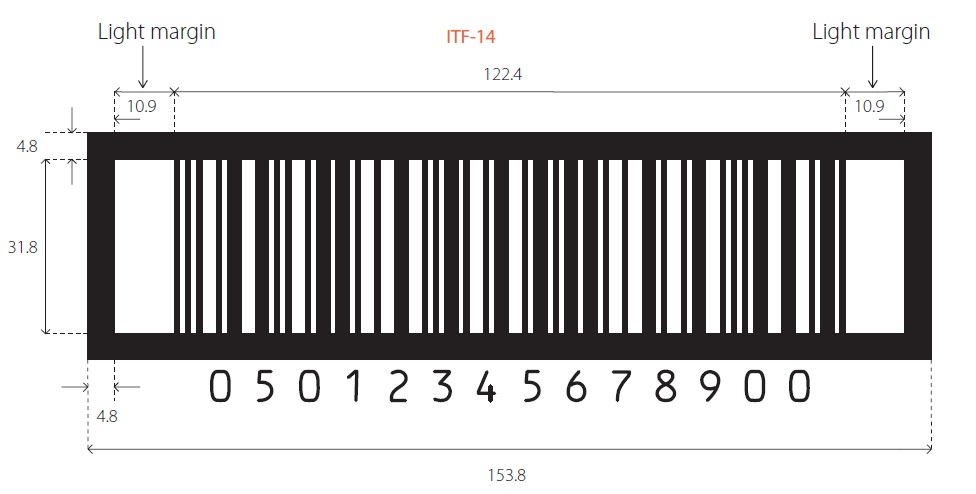
RSS Expanded
RSS Expanded is capable of encoding 74 numeric or 41 alphabetic characters and is normally used in retail points of sale. The reading is unidirectional, like the RSS-14.
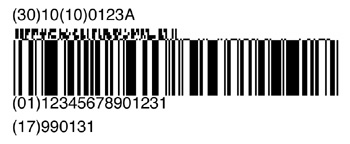
2D / Matrix Barcodes
Data Matrix
The Data Matrix is a two-dimensional codification system that allows the generation of a great volume of information in a very limited format, with high reading reliability thanks to systems of redundant information and error correction. The use of this type of codes is recommended for electronic components.
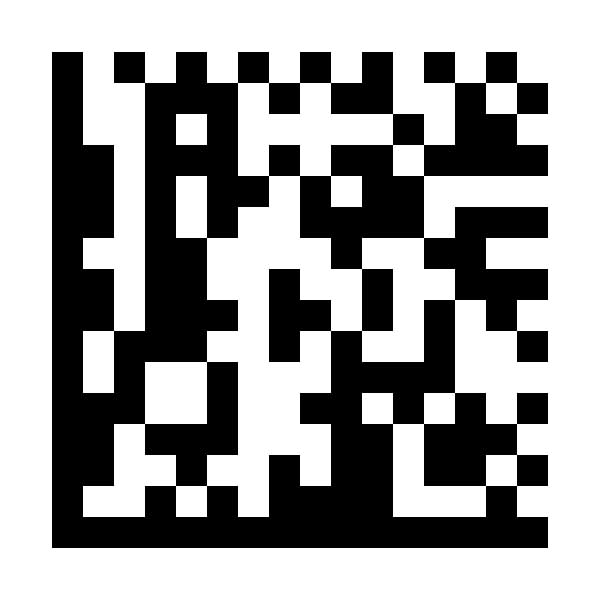
Aztec
Named after the resemblance of the central finder pattern to an Aztec pyramid, Aztec code has the potential to use less space than other matrix barcodes because it doesn't need to be surrounded by a blank space.
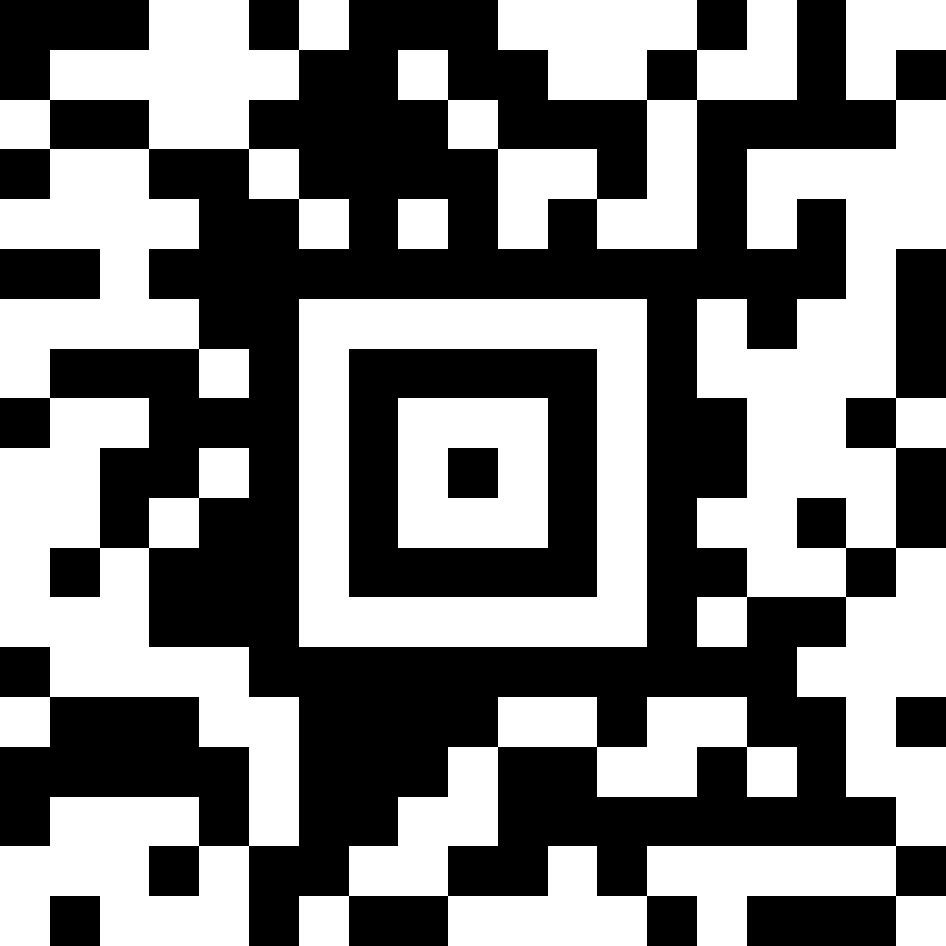
PDF417
The PDF417 is a multilinear code, continuous, of variable length, with high information storage capacity. It is a portable file, has a capacity of up to 1800 numerical, alphanumeric and special characters. It has error detection and correction mechanisms: nine safety levels, which allows a successful reading and decoding, even when the code damage is 40 %. It's used in different sectors like industry, banking, parcel service or logistics.
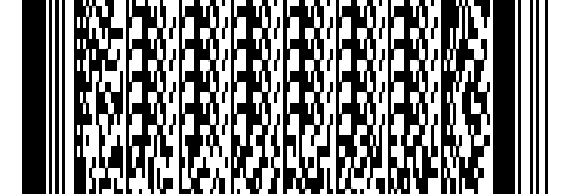
A QR Code (Code of Rapid Response) is a module to store information in a data matrix or a two-dimensional barcode. It is characterized by three squares found in the corners allowing the reader to detect fastly the position of the code.


